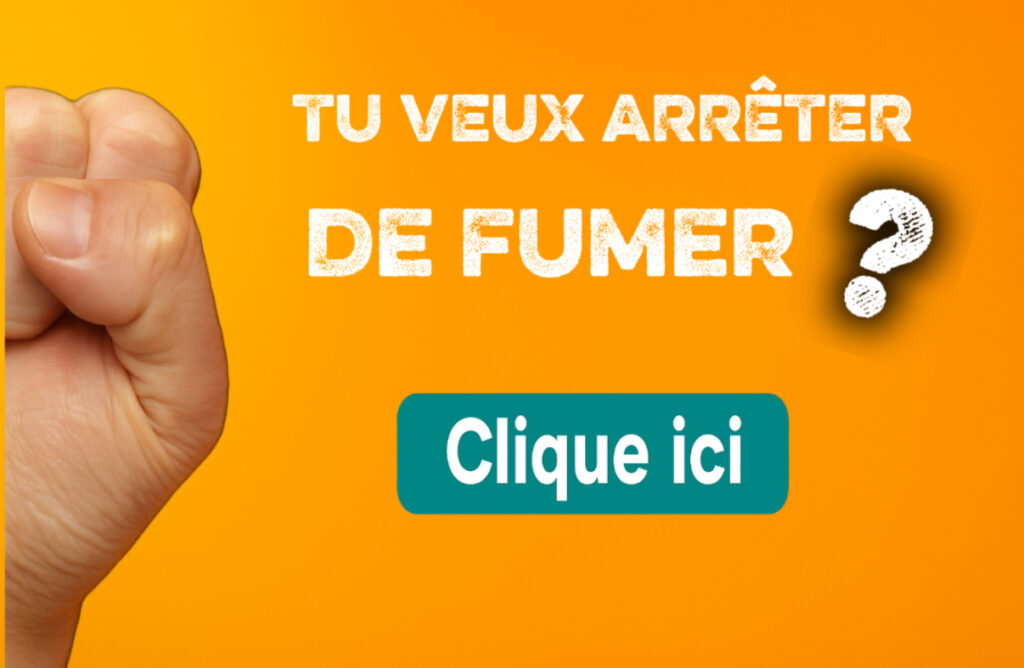Towards the end of an era for European smokers, and the start of a new public health framework
A wind of change is blowing across Europe. According to a confidential
For several years now, European governments have been putting forward proposals to reduce tobacco consumption, encouraged by theWorld Health Organization (WHO) and the Geneva International Convention on Tobacco Control. Today, an entire regulatory framework is set to evolve, in a context where public health, theenvironment and transparency vis-à-vis theindustry are becoming priorities.

Filters, a false ally turned pollution symbol
Filter cigarettes have long been presented as a step forward for smokers‘ health. However, studies carried out by the European Commission and several independent organizations show that these filters retain very little tar and nicotine, while encouraging consumers to smoke more.
The paradox is striking: invented to reduce risks, the filter has become a major source of pollution. Made from non-biodegradable plastics, they represent a direct threat to theenvironment. According to the European Commission, discarded cigarette butts are one of the world’s most polluting products, second only to plastic packaging.
This measure, supported by several member states, is part of a global strategy to reduce the harmful substancespresent in tobacco products. It is also in line with theEuropean Union‘s environmental ambitions in the fight against single-use plastic waste.
A decision based on science and public health
European governments, backed by the European Council, claim that the ban is primarily for health reasons. Every year, tobacco causes over 700,000 deaths on the continent. The lungs remain the main victims, with cancer accounting for over 80% of nicotine-related illnesses.
In a recent document, theWorld Health Organization points out that tobacco products contain over 7,000 chemical substances, some of which are directly responsible for lung cancer. The International Convention on Tobacco Control encourages member states to strengthen their laws, ban all cigarette advertising and restrict the sale of flavored tobacco products.
Faced with this, the tobaccoindustry is trying to defend its interests. Some manufacturers argue that the disappearance of the
A tense debate between ecology and economics
TheEuropean Union finds itself at a historic turning point. On the one hand, the measure is in line with environmental objectives: reducing pollution from cigarette butts and limiting the use of plastic. On the other, it raises the question of tobaccoindustry jobs and tax revenues.
In France, industry players are concerned about the place they will occupy in this new framework.
The debate has only just begun, and the next few years promise to be crucial for the implementation of this European ban.

Re-learning to live without tobacco: the example of the MyLaserTabac method
Against this backdrop of European change, many smokers are already looking for practical ways to quit . The MyLaserTabacmethod, inspired by auricular reflexology, offers a gentle, natural approach. By stimulating specific points in the ear with a laser, this practice helps to regulate cravings, relieve stress and restore balance to the body.
Unlike nicotine substitutes, auricular auricular reflexology does not introduce any chemical substances, and acts on the reflex mechanisms linked to addiction. In a world where health is becoming a central issue, these gentle techniques are a modern response to the risks of smoking.
As theEuropean Union prepares to ban filter cigarettes, the future of smoking cessation undoubtedly lies in innovative methods that respect the body, theenvironment and sustainable well-being.
